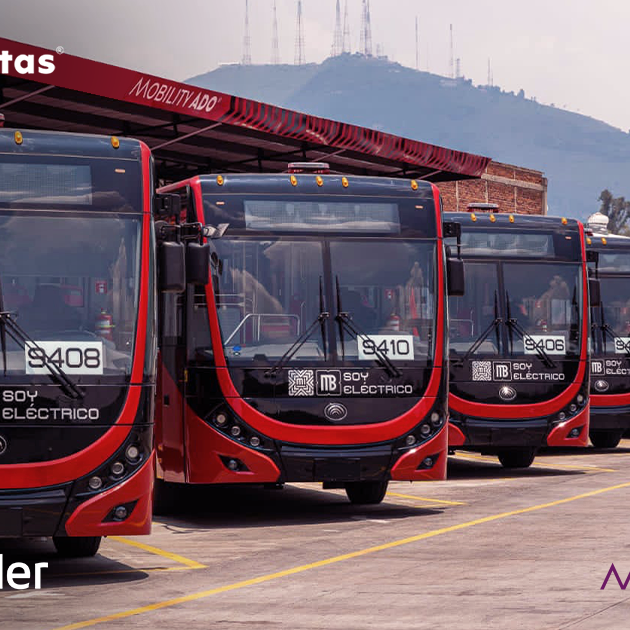Another material is taking a main role on the automotive industry’s price war: Copper. This material poses a threat to derail the industry’s plans to achieve a Zero-Emission transportation.
Quietly, behind the growth of cobalt, lithium, or nickel; copper is taking the lead.
A report by S&P Global states that copper will become the new gold standard for the automotive industry. Copper dependency on EVs is greater than other combustion components.
Likewise, electric energy production through renewable sources requires a large amount of copper. Standard & Poor’s Global estimates that, by 2035 demand will outgrow supply.
The bet for electromobility on the industry is increasing the demand for specific minerals such as copper. This material plays an important role on the manufacturing of EVs, and their components.
Copper is part of almost every single electric component in our daily life. From EVs, electricity generation and distribution, to green energy storage.
Energetic transition from fossil fuels to electric renewable sources will turn copper into the new gold. The issue is that copper supplies are not enough to reach the Zero-Emission objectives by 2050.
S&P’s report considered two scenarios that are neither the most conservative nor the most optimistic, that take into account different means of production and recycling, demand overcomes supply.
The importance of copper
EVs need 2.5 times more copper than an average fossil-fueled vehicle. Thanks to the higher rate of electrical conductivity and lower reactivity, copper is a key element in all things related to electricity, meaning that, to achieve an energy transition, much more copper is needed.
The report forecasts an increase in copper supply of 50 million metric tons by 2035. That is “more of the copper used globally from 1900 to 2021”.
S&P’s report didn’t solve how to cover the demand by opening new mines or with mass-recycling existing copper. To open a new mine takes approximately 16 years, from the discovery of a deposit to having all the required permits and approvals.
As stated above, S&P Global considered two scenarios to forecast the supply and demand margin:
The conservative scenario shows that production and recycling will continue at the same rate. In that case, demand will exceed supply by 20%.
The optimistic scenario shows that both production and recycling will increase above current levels, but supply and demand margin will not decrease.
“Under any of these scenarios, we won’t have enough copper supply to fulfill demand by 2050” the report concluded.

